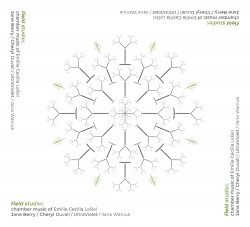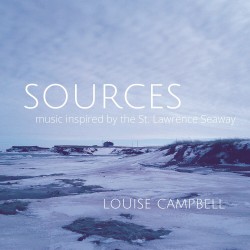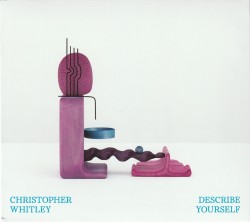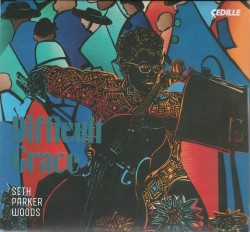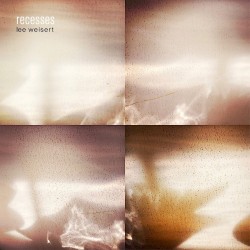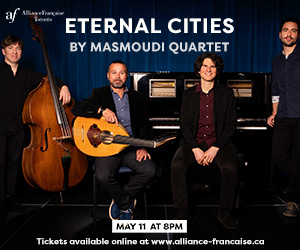Za Klavir: For the Piano - Nina Platiša
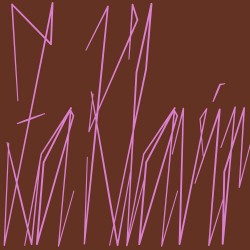 Za Klavir: For the Piano
Za Klavir: For the Piano
Nina Platiša
Independent (ninaplatisa.com)
Elemental and concise – most under three minutes – the 27 pieces of Za Klavir: (For the Piano), composed between 2018 and 2022, are subtly spiced with piquant sprinkles of Balkan folk idioms. Engagingly varied in tempo, rhythm and mood, they share unadorned melodic lines and sparse accompaniments, often only simple pedal points.
Belgrade-born composer/pianist Nina Platiša, now based in Guelph, came to Canada as a three-year-old in 1994. Responding to my email query, she wrote, “When I was young, my mom taught my sister and me Balkan folk songs… As I began to compose the solo piano pieces that would eventually make up this album, the music to which I felt the closest connection was often the simplest, pieces with simple melodies and harmonies akin to those of Balkan folk music – unpretentious and transparent. They seemed to issue from me naturally.”
Save for the concluding Saputnik (Companion) No.1, the pieces are numbered, not named. In an interview posted online, Platiša described three of them, beginning with the solemn No.7. “I saw an image of it being played at the funeral of my grandfather or great uncle. I pictured my family and friends dancing to No.20 at my family’s slava (saint’s day) and I saw myself playing No.25 for a newborn baby.”
I was particularly enchanted by the delicate, melancholy beauties of Nos.5, 11, 14 and 19, reminiscent of Satie’s haunting Gymnopédies. I found Za Klavir compelling listening throughout; you may, too.


